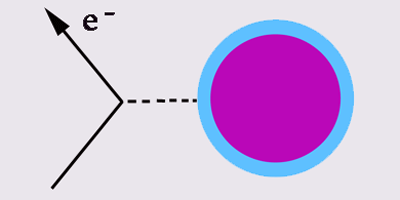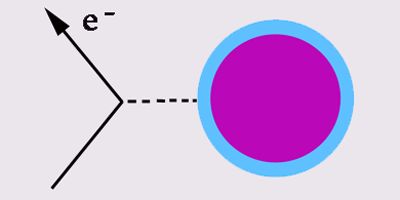Getting Under the Neutron Skin
Heavy nuclei are believed to have a neutron-rich skin on the surface, and the thickness of this skin may have important implications for the physics of neutron stars.
Now the Lead Radius Experiment (PREx) Collaboration reports, in Physical Review Letters, electron scattering experiments that yield the thickness of the neutron skin in the heavy nucleus lead- . Their preliminary results show that the skin’s thickness is about millionths of a nanometer.
Obtaining the proton distribution in nuclei with electron scattering techniques is relatively straightforward, but neutrons don’t have an electric charge, so experimentalists have relied on scattering hadrons, such as protons and pions, to measure the neutron distribution. Interpreting the data in these experiments, however, depends on the strong force model chosen to describe the interaction between neutrons and hadrons.
Housed at Jefferson Lab in Newport News, Virginia, PREx takes a different approach by using the small weak-force interaction between electrons and neutrons to measure the neutron skin. In their experiment, a thin lead foil target is bombarded with giga-electron-volt electrons, which arrive in alternating time windows with their spins aligned parallel (positive helicity) or antiparallel (negative helicity) to their velocity. It is the difference in scattering between these two helicity states that depends on the distribution of neutrons in lead nuclei.
The error in PREx’s result is roughly half the size of the neutron skin itself, but further experiments, should, according to the authors, reduce the error by another factor of three. – Jessica Thomas





